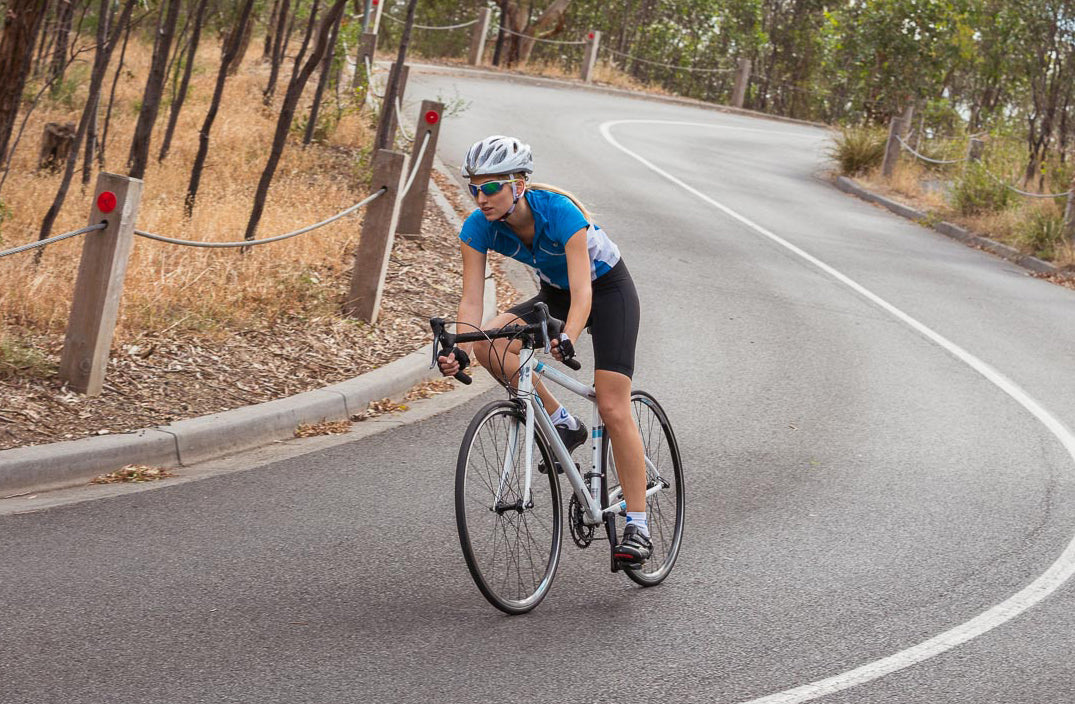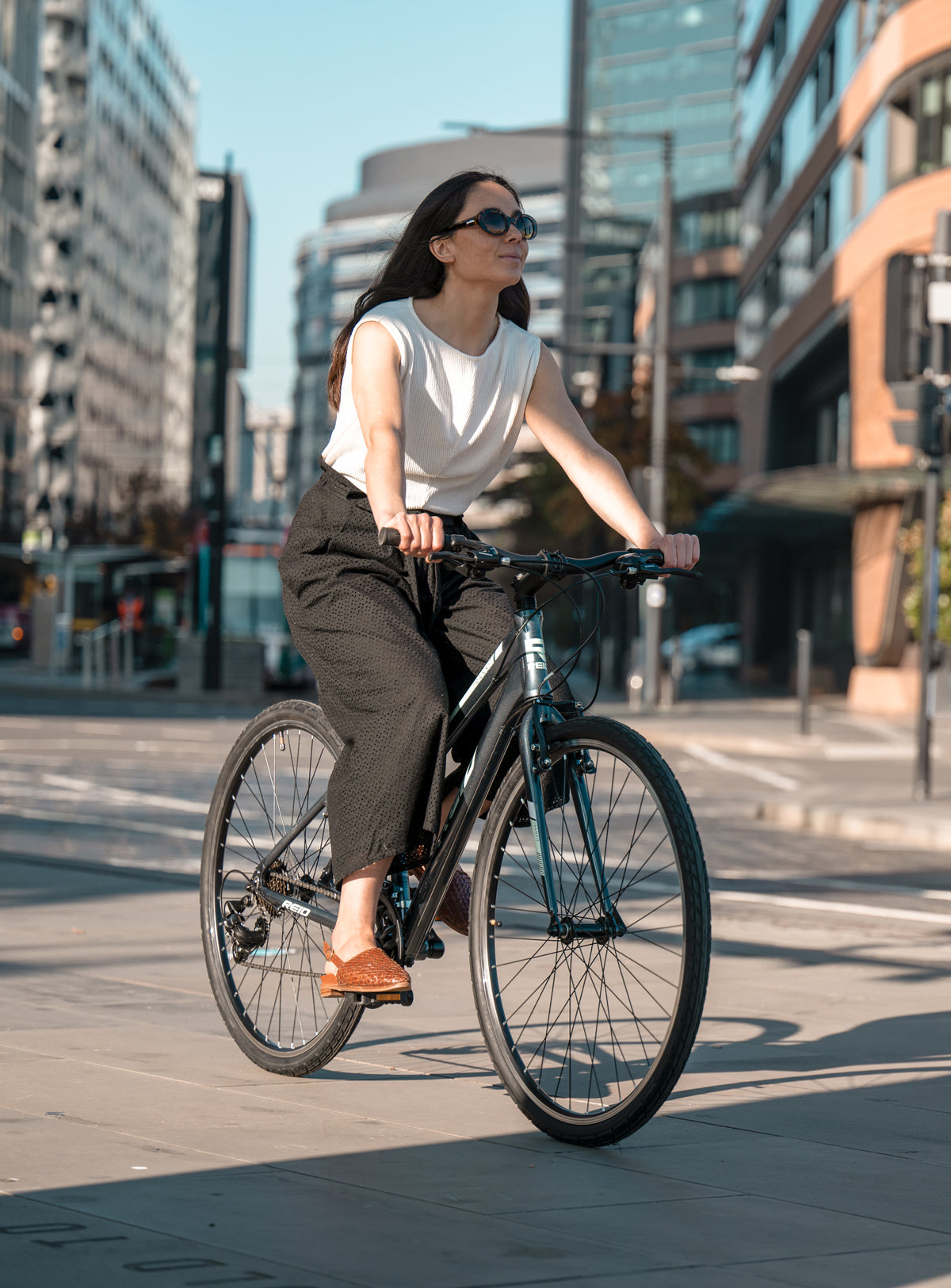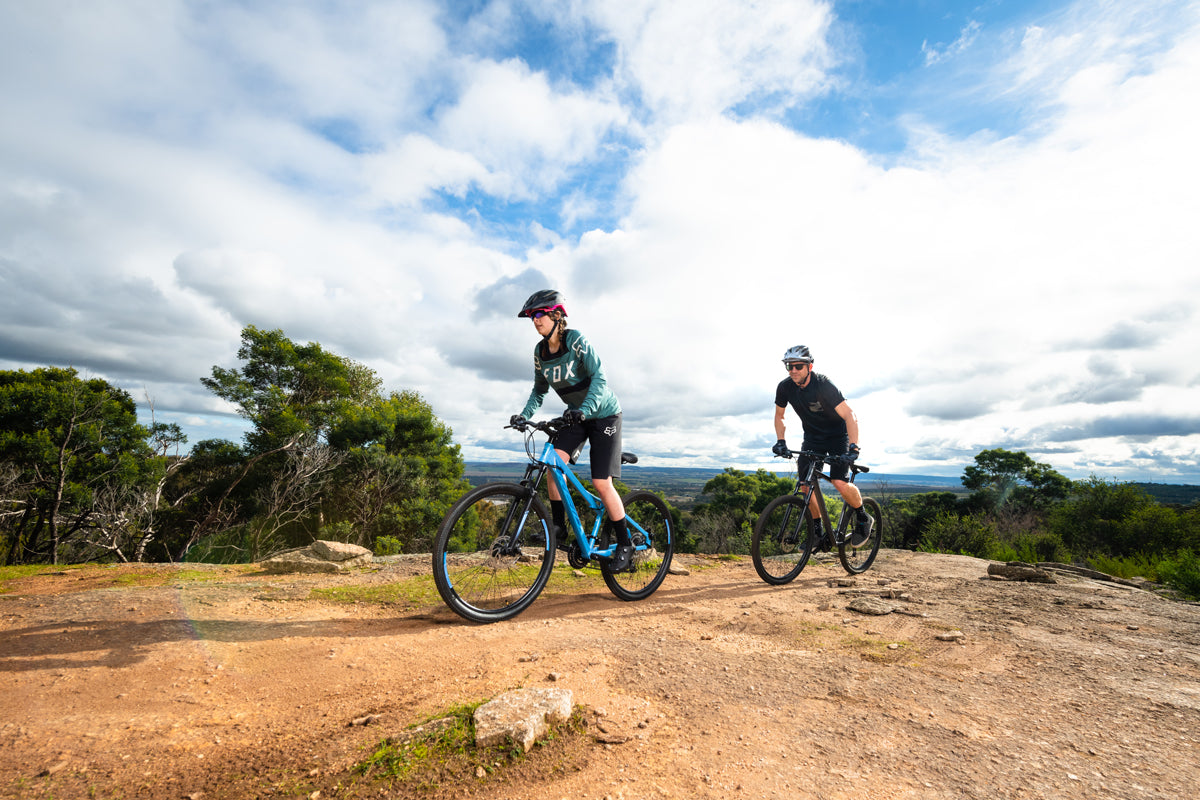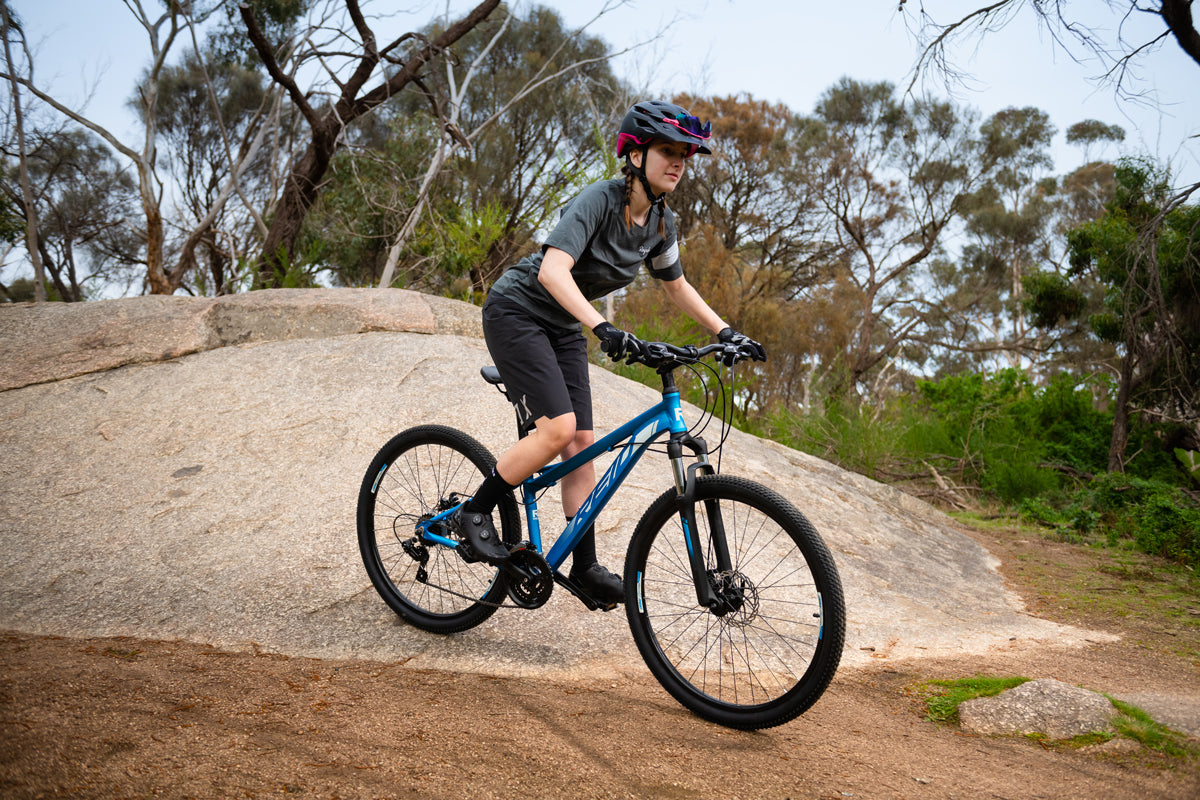Let’s face it, despite the fact that a man and a woman of the same height are likely to be proportioned quite differently, bikes have traditionally been designed with a male rider in mind. Now that we have more women riding bikes (yay!), some manufacturers (including Reid) are paying attention and making quality performance bikes designed to better fit female bodies.
Reid have done more to get women on bikes than most, and we pay a lot of attention to designing products that suit this huge and growing proportion of our customer base.

What is ‘Women's Specific Design’ (WSD)?
WSD (Women Specific Design) is an approach to building bikes that considers female proportions to produce a bike more suited to a female rider. Far from just being a marketing fad, female-friendly bike design comes from a position of genuine concern for the user experience and a desire to provide a well-fitted, appealing bike for female riders.
More and more Australian women are taking up cycling so Women’s Specific Design (WSD) is here to stay, and that’s a great thing.
What makes a bike specific to Women?
Before we get into things to consider when choosing a WSD bike, it’s important to understand the typical differences between male and female bodies (we’re talking broadly here as we get that everybody is different).
For the most part, women are proportionally longer in the leg and shorter in the torso, than the average man. Also, their sit-bones are wider-set and their shoulders are narrower.
So, with such anatomical differences (on average) between genders, what does this translate to when we’re looking at WSD bike design?
Well, there’re two factors that come into play - the frame, and the components that are fitted to it. Both serving an important role in fine-tuning a bike’s fit and making it more suitable for the average female rider.

WSD Bike Geometry
Starting with the frame, the top tube is shorter than on a men’s bike, making for an easier reach to the handlebars. WSD frames are usually scaled down somewhat to account for more petite female riders, with sloping top-tubes to give more standover clearance in smaller sizes – allowing you to reach the ground when the bike is stopped.
A sloping top-tube also has the flow-on effect of a shorter seat-tube and more exposed seat-post, giving a little extra comfort through the rear end of the frame, as well as lighter frame weight on a women's bike.
Generally speaking, women have greater flexibility than men, so the head-tubes of a WSD frame tend to be shorter to give a natural position for the torso and hands.
In addition to a completely fresh geometry on a WSD frame, the parts mounted on a women’s specific bike are likely to be differently proportioned as well.
WSD Bike Saddles
It makes sense that the contact points are quite different. To accommodate differences in pelvis shapes, women’s specific saddles are shorter in length and wider to give better support for the sit-bones.
WSD Handlebars
The same applies to the front end of the bike, where the handlebars are narrower, aiding control of the bike and better matching the narrower width of female shoulders. Stems are also usually shorter, both as a further measure to keep the reach to the handlebars manageable, but also to sharpen the bike’s handling in smaller sizes and counteract relaxed head-angles which can be necessary to avoid toe-overlap with the front wheel.
WSD Crank Length
Crank lengths also tend to be shorter on ladies bikes, again based off a proportional scaling down to factor in smaller sizes.

Every woman is different, so these guidelines may not apply to everybody – and the benefits are likely to be most appreciated at the smaller ends of the sizing spectrum where women are going to struggle most to get a suitable fit on a men’s bike. Nonetheless, for a majority of females, there is a real benefit to a WSD bike.
In practical terms, differences in length of key components like the cranks will improve your climbing ability and pedalling efficiency, as you’ll be able to maintain a more comfortable cadence with reduced strain on the hips and knees. So when you roll up to the office or the end of that trail, you won't experience any unnecessary pain or soreness.
As you’ll be able to more easily reach the brake levers and steer the bike better, this will make you feel more confident – especially at higher speeds and whilst descending.

Benefits of a WSD bike
You may read all of the above and wonder, "why does this matter to me?".
If you’re only riding a couple of kilometres at a time, or you’re comfortable on an existing non-WSD bike, maybe it doesn’t. But if you have any underlying injuries or a poorly sized bike, discomfort has a funny way of making its presence felt as you spend more time in the saddle and as your distances increase.
So, if you're thinking about training for your first 100km or have been smashing out a regular 30km a day on your commute, then a WSD bike might be worth a look.
A correctly fitting bike means that you’re less likely to suffer from discomfort in your back and neck, increase your time to fatigue and help you enjoy your time on the bike more.
Rather than feeling stretched out along the bike and overreaching for the controls, you’ll be poised and comfortably positioned to get through the ride with a minimum of discomfort.





